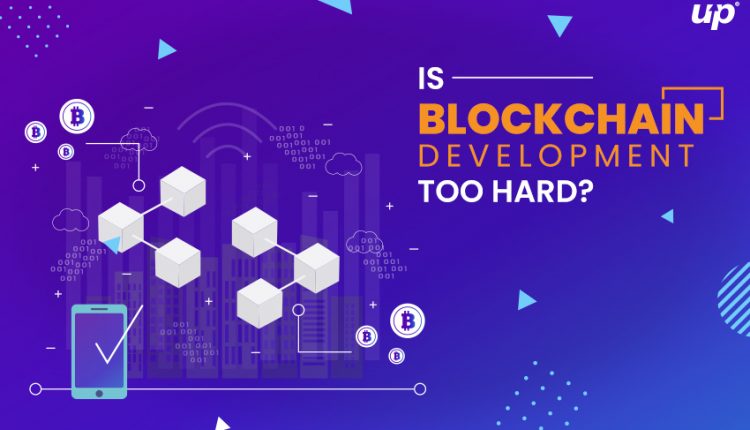Welcome To The Future: Everything You Need To Know About Blockchain Programming
The world of technology is constantly evolving, and with it comes new and innovative ways to do things. One such innovation is blockchain programming. Blockchain is a distributed database that allows for secure, transparent, and tamper-proof transactions. It can revolutionize many industries, including finance, healthcare, and supply chain management.
1. What Is Blockchain Programming?
Blockchain programming is the process of creating and maintaining a blockchain database. A blockchain is a distributed database that allows for secure, transparent, and tamper-proof transactions. It can revolutionize many industries, including finance, healthcare, and supply chain management.
2. How Can Blockchain Be Used?
You can use Blockchain to create a variety of applications, including:
Decentralized applications (DApps): These applications run on a blockchain network. Examples include Cryptokitties and Augur.
Smart contracts: These are self-executing contracts that are stored on the Blockchain. They help to facilitate, verify or enforce the negotiation or performance.
- Initial coin offerings (ICOs): These are fundraising events for startups that issue digital tokens in exchange for investment.
3. Types of Blockchain Programming?
There are two types of blockchain programming:
- Public blockchains are permissionless, meaning anyone can join and participate in the network. Examples include Bitcoin and Ethereum.
- Private blockchains are permissions, meaning that only authorized users can join and participate in the network. Examples include Hyperledger Fabric and Corda.
4. How to Get Started With Blockchain Programming?
If you’re interested in getting started with blockchain programming, there are a few things you need to know.
It would be best if you had a solid understanding of mathematics and computer science. Second, you need to be familiar with the basics of blockchain technology. Finally, it would help if you chose the correct programming language. Some popular languages for blockchain programming include Solidity, Java, and Python.
5. Tools for Blockchain Programming?
There are a variety of tools available for blockchain programming, including:
- Solidity: This is a programming language used for developing smart contracts on the Ethereum blockchain.
- Truffle: This is a development framework for Ethereum that helps with contract testing, debugging, and deployment.
- Geth: This is a command-line interface for running a full Ethereum node.
- Bitcoin Core: This is a full Bitcoin node that helps maintain the Bitcoin network.
6. What are the benefits of Blockchain programming?
Blockchain programming has several advantages, including:
- Security: Blockchain is a secure way to store data and conduct transactions. Transactions are verified and recorded on a public ledger, making it difficult to tamper with data.
- Transparency: The public nature of Blockchain allows for transparency and accountability. All transactions are visible on the ledger, making it easy to track and trace data.
- Tamper-proof: The decentralized nature of Blockchain makes it tamper-proof. Transactions cannot be modified or deleted once they are added to the Blockchain.
- Efficiency: Blockchain can help to streamline processes and reduce costs. Blockchain can speed up transactions and reduce fees by eliminating the need for intermediaries.
7. What are the challenges of Blockchain programming?
Despite its advantages, blockchain programming faces some challenges, including:
- Scalability: Blockchain is still in its early stages of development and is not yet scalable. The Bitcoin network, for example, can only handle a limited number of transactions per second.
- Complexity: Blockchain technology is complex and requires a solid understanding of mathematics and computer science.
- Energy consumption: Blockchain requires a lot of energy to run, as it relies on a network of computers to verify and record transactions.
8. What Is The Future of Blockchain Programming?
The future of blockchain programming is auspicious. With the increasing adoption of blockchain technology, there will be more demand for blockchain programmers. New tools and frameworks are being developed to make blockchain programming more manageable and efficient. As the technology matures, we can expect to see more innovative applications of blockchain technology that will change the way we live and work.
Conclusion
Blockchain programming is a rapidly growing field with immense potential. If you have the necessary skills and knowledge, many opportunities are available to get involved in this exciting new technology. With the right tools and resources, you can become a blockchain developer and help shape the future of this transformational technology.
